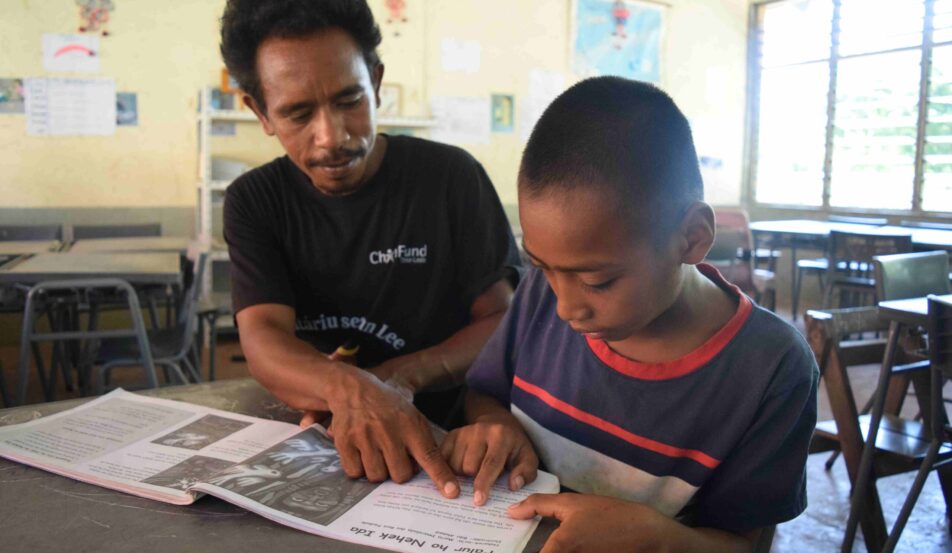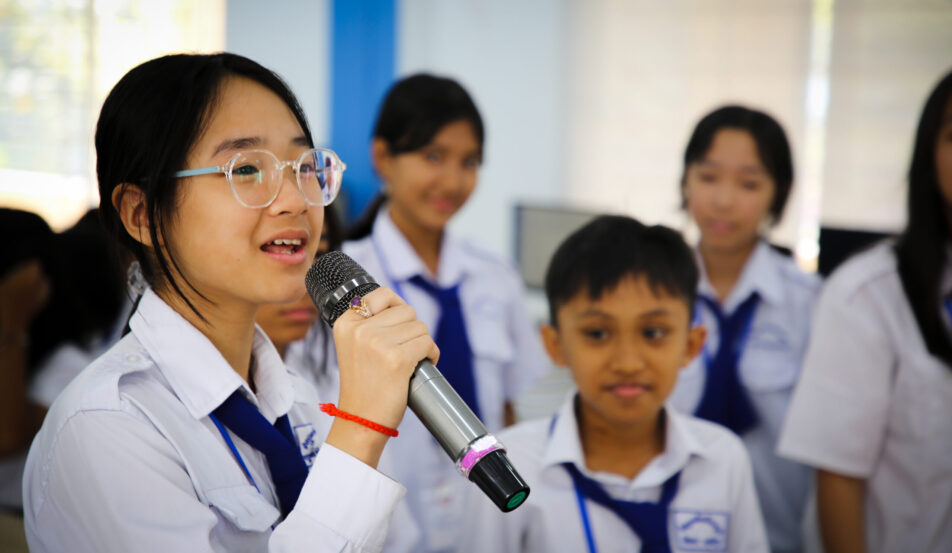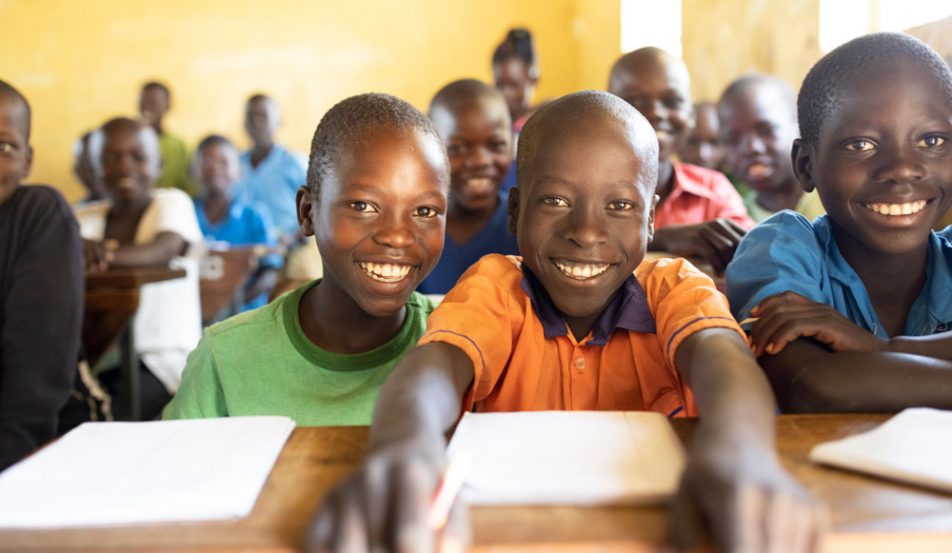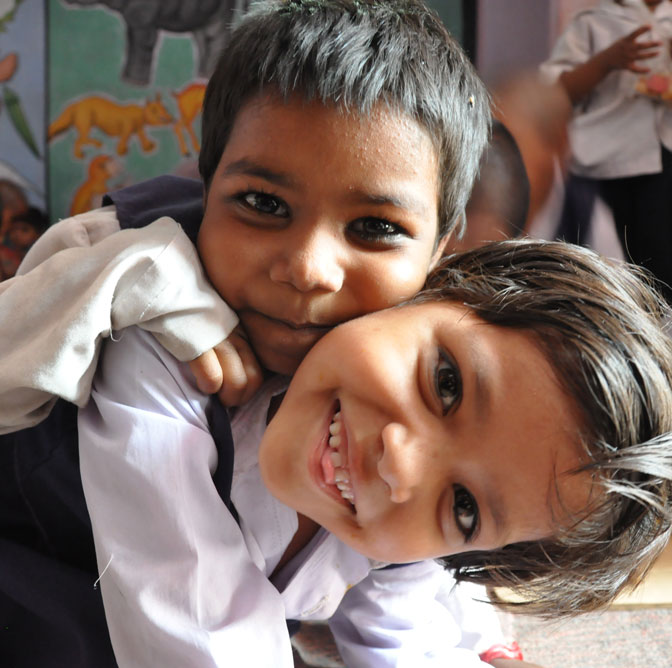Gender Equality in education – it’s more than just getting more girls into school
Worldwide, 130 million girls are out of school. It is an alarming number, but one that represents only half the battle surrounding gender equality in education – a fundamental human right.
While primary school enrolment rates for girls (89%) and boys (90%) are almost the same, research suggests that this does not mean better work and life paths for women beyond the classroom, especially in developing countries. School completion rates at the secondary level continue to lag for girls.
“We need to ask how views around gender influence school environments and be more deliberate in how we create safe and inclusive spaces for girls in schools.“
Jayshree Mangubhai, Gender Equality, Disability and Social Inclusion Adviser at ChildFund Australia, believes we need to move beyond the idea that gender equality in education will be achieved with equal numbers in the classroom. “There is a hidden curriculum taught in schools,” Jayshree explains. “There are unintended messages and values students learn in schools about how girls and boys should behave, what roles and tasks they should do. This can be reinforced by the types of stories or images in school textbooks that, for example, show women doing things like housework and men doing jobs outside.”
“We need to ask how views around gender influence school environments and be more deliberate in how we create safe and inclusive spaces for girls in schools.”
The ‘hidden curriculum’
Schools wield enormous power to mould student and community attitudes and values towards gender equality from a young age. Children internalise gender stereotypes and discriminatory gender biases – of what girls and boys can and cannot do – between five to six years old. This age typically marks the beginning of primary education.
“School is the other big institution, beyond the family, where children get socialised with different ideas and a chance to experience different ways of thinking,” Jayshree explains. “It has a transformative power that can help break stereotypes for students and their communities, in terms of what it taught around knowledge, attitudes and critical thinking – not simply accepting existing gender norms as a given and as ideas that can’t be changed.”
She gives the example of a primary school in Western India using storytime to help change gender imbalances. “I used to work with someone who created a book of images that contradicted gender stereotypes, which school children would create stories around. He used these images to help children think about what girls and boys can equally do, achieve and their value in society.”
Schools and teachers can help create a more inclusive and respectful learning environment. “They can provide girls with positive female role models and the opportunity to gain and demonstrate the leadership and life skills that boys often are provided at home or in school,” Jayshree says. For instance, encouraging girls to pursue male-dominated STEM (science, technology, engineering, mathematics) subjects or participate in traditionally masculine sports such as rugby.
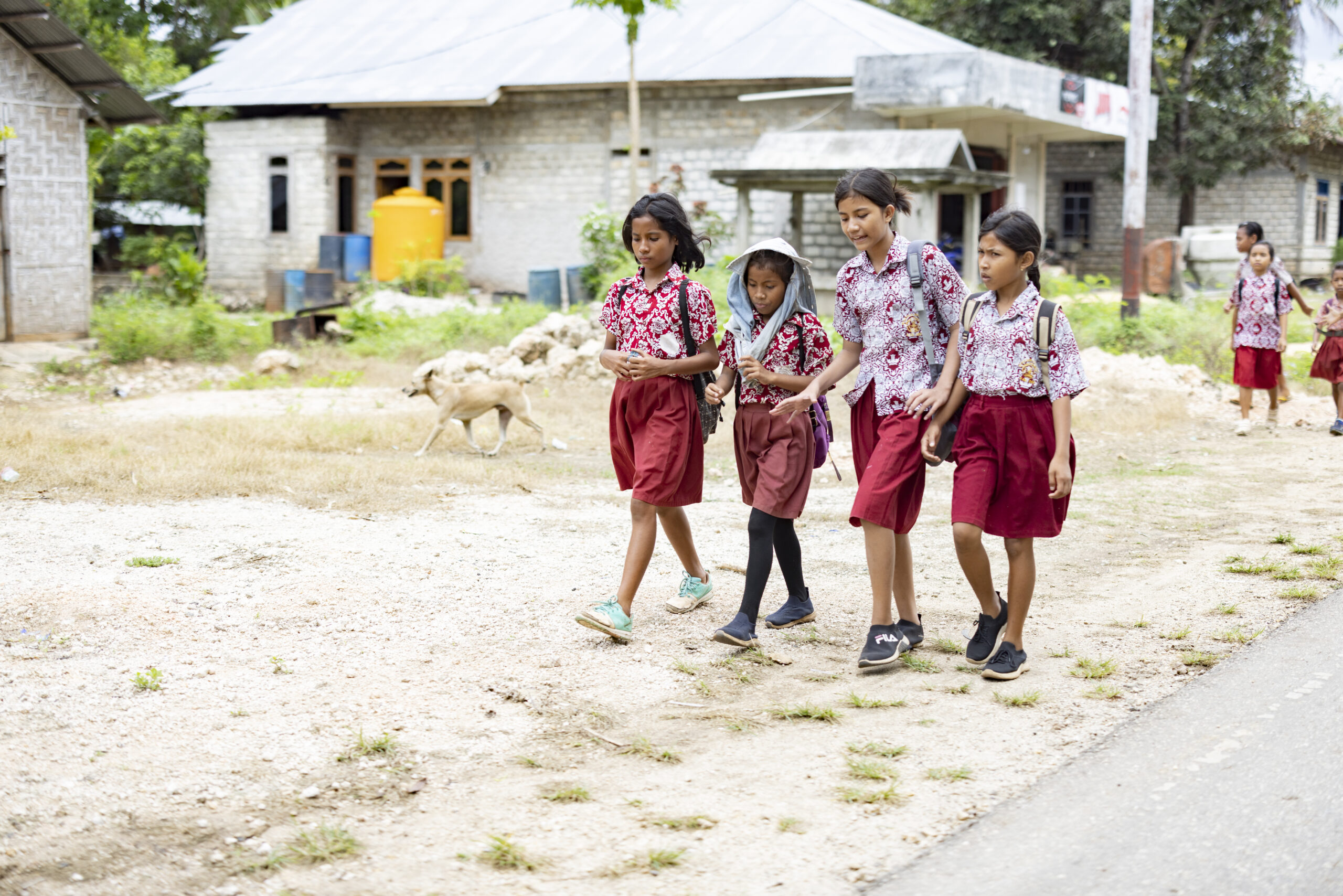
Removing the taboo of periods
Girls also face another challenge at school – menstruation. “Schools don’t always provide the knowledge and proper sanitation facilities and supplies to support upper primary to secondary girls to navigate this change to their bodies,” Jayshree says. In rural Zambia, for example, schoolgirls would rather stay home than face the possibility of an embarrassing menstrual leak in the classroom or teasing by their classmates.
By prioritising girls’ health and wellbeing, we can help keep girls in school. Better facilities (flushing toilets, sanitary products, hand washing stations and bins) and dedicated hygiene programs for girls and boys can help promote healthy habits and remove the taboo around periods.
Fostering healthy relationships
Gender-based violence and harassment are more barriers that girls face to accessing and completing education. Approximately 60 million girls are sexually assaulted on their way to or at school every year. With devastating and long-lasting consequences for girls’ mental and physical health (including teenage pregnancy), this can also lead to lower attendance and higher dropout rates.
“Good relationships build harmonious and prosperous communities.”
Talking to young children about consent can help end gender-based violence at school. “Violence has huge repercussions, not only on the actual person experiencing violence but often their children and future generations in terms of the cycle of violence that can happen,” Jayshree says.
“If you can teach around equality and respectful relationships, to have open conversations around what consent looks like, then you have a greater chance of reducing violence. Good relationships build harmonious and prosperous communities.”
Jayshree says we must also work with other community members, especially faith leaders and men, to help create this change. “They complement the messaging surrounding gender equality and girls’ education.”
Life beyond the classroom
Gendered duties outside of school are another hidden barrier to girls’ education. Jayshree points out that, in many countries, the domestic workload is still prioritised before schoolwork for girls. “The amount of time that school-aged girls spend on household chores is far greater than boys,” she says. (Girls spend 40 million more hours a day than boys their age on chores, increasing to 120 million hours during adolescence.) “It creates a barrier in terms of their ability to concentrate and spend time on schoolwork.”
A brighter future
Girls with an education can create a better future for everyone – themselves, their families, and even their communities. By addressing the gendered barriers inside and outside of schools, we can help girls stay safe, make their own decisions, and reach their full potential.































